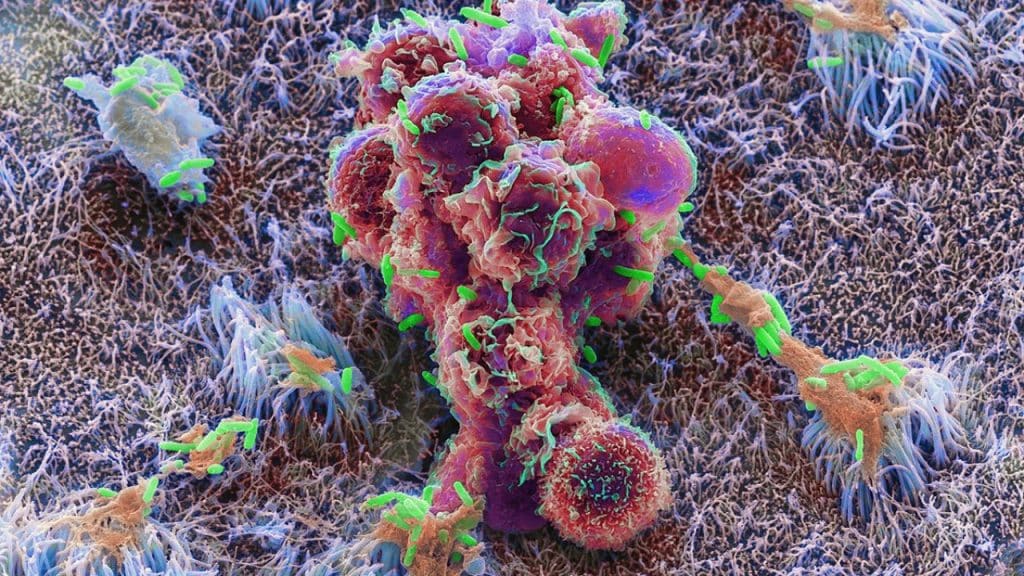There’s not exactly a surplus of human organs around for medical purposes. Most of them are currently in use by people who need them, and those that are donated after death are nowhere near enough to meet demand. We’re not talking about saving people with transplants. Realistic human organs can be invaluable in medical testing, so being able to manufacture them in a lab would be a big breakthrough (https://longevity.technology/news/vivodyne-lands-38m-to-predict-drug-effects-using-lab-grown-organs/).
Our company of the day is Vivodyne, which has acquired itself an impressive $38 million in seed funding to produce organs in the lab and use them to investigate new therapies. This kind of biotech could sit in the space between the highly theoretical world of preclinical trials and the riskier one of direct human testing. With that much money on offer, it’s clear the investors are impressed.
Vivodyne has already created more than 20 3D models of human organs, each with their own networks of functioning blood vessels across anywhere from 200,000 to 500,000 cells. All sorts of different drugs can be added to these cells, allowing researchers to observe reactions, measure efficiency, and identify any potential safety concerns.
Manual generation and analysis of living tissue, which is usually on a much smaller scale, only allows up to 40 samples to be trialed at once. With the help of robotic automation, Vivodyne is handling as many as 8000 samples at a time. This isn’t the only way Vivodyne’s use of modern tech is making the whole process more efficient. The results from its testing wouldn’t be half as useful without the application of AI.
AI allows for faster and more accurate analysis of huge amounts of data, the kind that could never be processed efficiently by mere humans. The Vivodyne platform is used to predict potential outcomes for patients based on the performance of the organ models. It will hopefully make it much easier to develop successful drugs.
There are also specific implications for longevity and age-related disease. The model organs can be used to cultivate both youthful and older tissue, making it easier to track how age impacts health and to identify how longevity therapies can be better targeted.
Pharmaceutical companies are lining up to take advantage of Vivodyne’s biotech to support the development of their own drugs and therapies, with the increase in funding likely to spread it even further.




